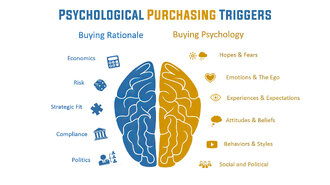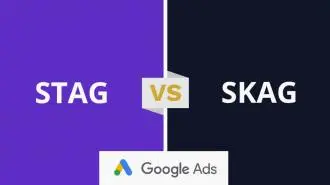Summary / TL;DR
The guide on marketing psychology explains how psychological principles subtly influence consumers' decisions without their awareness. It shows how colour theory, scent, typography, and language affect purchasing behaviour, with examples like red and yellow triggering hunger and thirst, as seen in fast-food branding. Visual elements like fonts and layout impact brand perception, while smells can create emotional responses that increase spending. Large brands like Coca-Cola and Disney employ these tactics deliberately. Audience targeting using data algorithms lets marketers tailor ads to individual behaviours. Techniques such as scarcity marketing, trial offers, and positive language further support consumer persuasion strategies.
Psychology and marketing are closely linked through various psychological theories. We like to think we control what we buy, how much we spend, and where we shop.
What if I told you that creative and innovative marketers subtly influence your perceived control? Using theoretical knowledge, marketing efforts subtly guide your decisions on what to buy and how much to spend.
Subliminal or psychological manipulation often stirs controversy, especially when it affects how we spend our money.
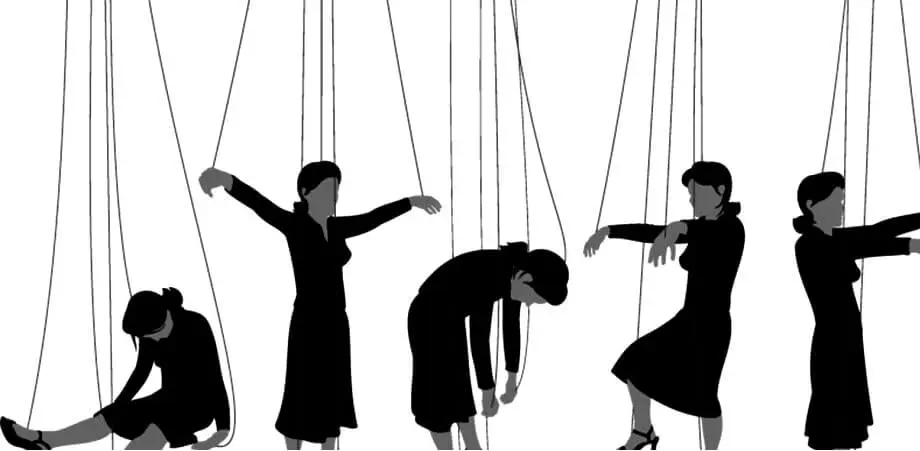
I’m not here to tell you that a marketing psychologist would argue persuasion is the key to success or that you should influence decision-making in your demographic for profit, which has been a very profitable marketing tactic for a long time. This article is designed to educate you about psychological marketing strategies.
I want to dive into the consumer psychology of marketing. Before doing that, let’s explore how vocational education in psychology can enhance our understanding of consumer behaviours.
Psychology
Noun — Source: Cambridge University
“The scientific focus of an undergraduate degree in psychology and how it helps influence consumer behaviour, or the influence of a particular person’s character on their behaviour”
Social psychology marketing is all around us: on our public transport, at our workplace, and even in our underwear. Our generation has become somewhat conditioned on it.
It’s becoming increasingly difficult to differentiate between daily news and a sponsored segment or publication. Everywhere you look, someone is engaged in digital marketing, trying to sell something uniquely or creatively.
Many people get caught by these clever marketing psychology tactics daily. While it’s not as intense here in Australia, reports suggest that Americans see 4,000 to 10,000 ads each day.
Companies like the Walt Disney Company have come under fire many times for their studies on persuasive marketing.

“Disney has formulated the ideal execution to turn children into the perfect consumers, a process which stands as a major reason for the mass influence Disney holds today through merchandise, videos, and advertising.”
As seen in this UCCS Research Paper.
It’s a scary concept, but this article’s value is not only to show you how to take advantage but also to help you understand the influence of a special tertiary admissions test on your purchasing habits and what might have influenced your purchase.
Something catching your eye may be a coincidence, or was it subliminal?
Want to receive updates? Sign up to our newsletter
Each time a new blog is posted, you’ll receive a notification, it’s really that simple.
What is the Psychology of Marketing?
Knowing psychology and marketing can help you take your business to the next level or make smarter purchasing choices. Psychology is used in social media, print media, and all types of online marketing.
I love using this example when explaining how it works. It’s always an eye-opener, that “wow, I never noticed that” moment.
Think of your top 5 favourite takeout restaurants. Snap, think of your top 10 or as many as you can think of.
Think about their logos, restaurant colour scheme, and general branding.
Without knowing who you picked. Their primary branding consists of either red, yellow or a combination of both.
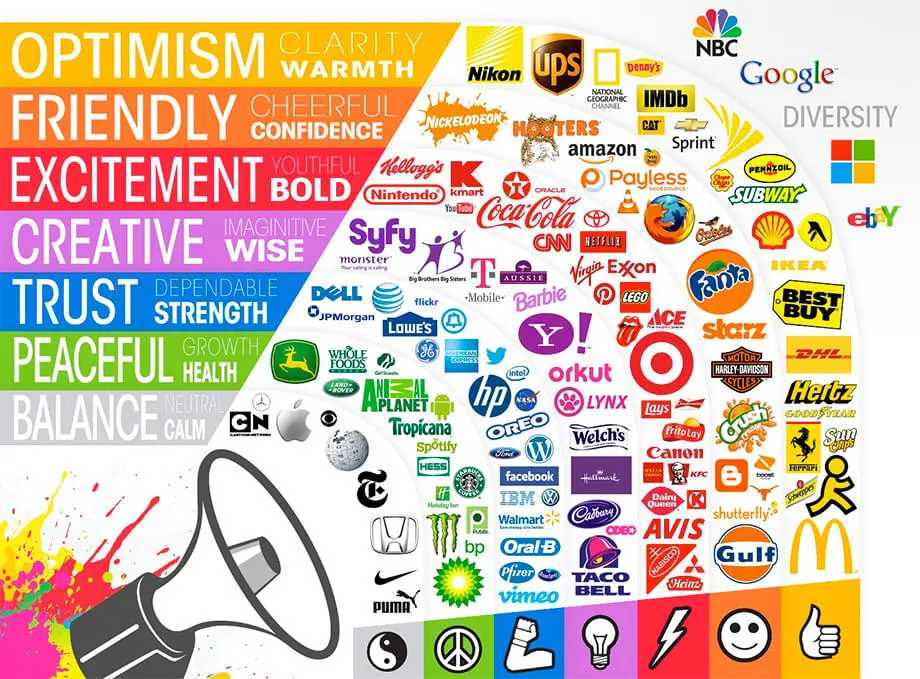
This is no weird coincidence. Red triggers hunger, and yellow triggers thirst, complementing each other and crossing paths when triggering your subconscious decisions.
Being exposed to these colours and certain shades of these colours can influence an appetite that is more enormous than you thought. Ultimately, this increases your likelihood of spending more.
Pro-tip: Go through the drive-through. Walking in exposes you to more colours and smells tailored to increase your order size. On average, you spend less time going through the drive-through.
Colour Psychology
One of the first things you will learn about psychology includes the information gap theory and the effects colours play, following the psychological principles: colours impact buyer behaviours, result in higher-value sales, and even persuade positive reviews.
Colours play a significant role in implementing marketing psychology tactics. They trigger a subliminal signal to the brain, persuasively evoking emotions that influence purchasing decisions, making them a crucial part of a marketing strategy.
Colours control various emotions and psychological feelings, unaware and unbeknownst to you. These can be manipulated to subliminally dictate your purchasing behaviour.
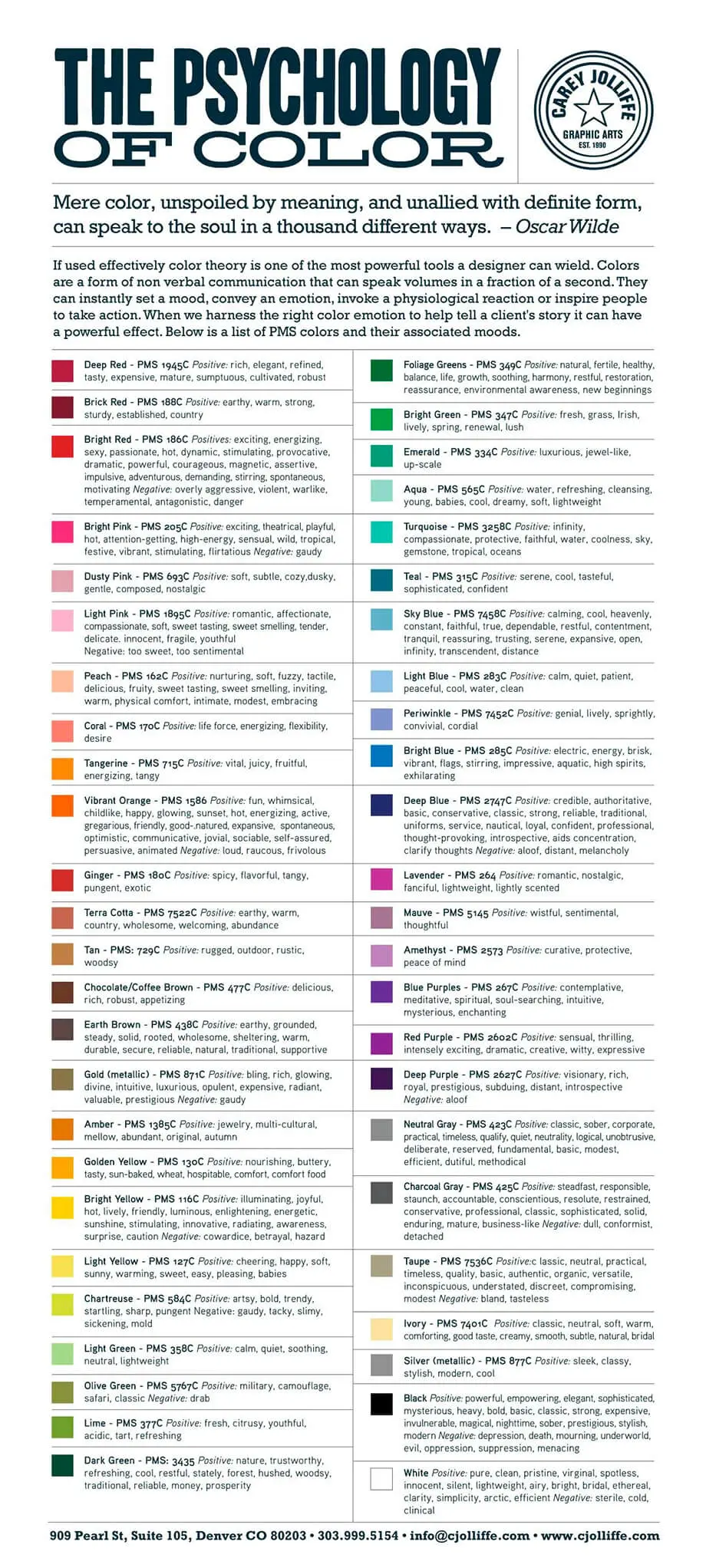
Fortunately, plenty of research has been done around this that you can take advantage of.
The research found that 90% of product snap judgements were colour-based.
Brands like Coca-Cola have utilised these strategies to build a distinctive brand identity for over a century; their logo has evolved over the past 130 years, including its iconic shade of red. It’s why it’s reported that 94% of the world recognised Coca-Cola’s colour palette.
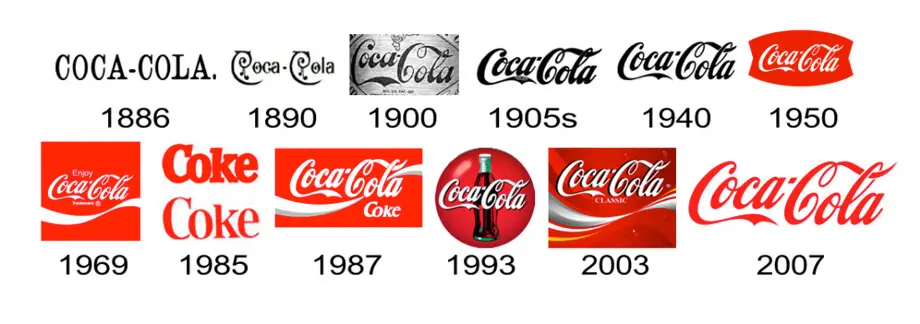
Coca-Cola isn’t the only brand that uses colour to build recognisable branding or the use of colour to manipulate consumer behaviour.
Some of the world’s leading brands, such as McDonald’s, KFC, Starbucks, Colgate, Apple, Microsoft, Google, and social media giant Facebook, have used teams of researchers to pinpoint the best colour palette for their branding.
It’s not just branding, though; places like hospitals, airports, and shopping centres use a lack of colour to create a neutral emotion and represent the feeling of cleanliness. Hospitals are not white and bland by chance.
Feeling safe, clean, and hygienic is crucial when visiting a hospital or medical practice. The calming influence of white can offer this reassurance.
Another great example in retail is big red sales banners.
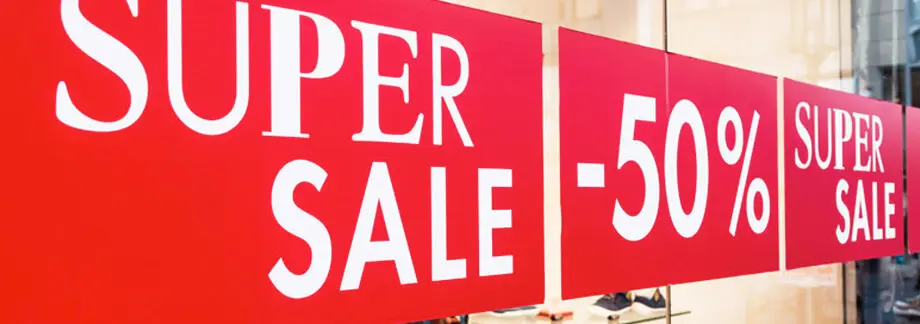
Red stands out impulsively and grabs the eye; everyone loves seeing the word “sale”. It’s also well known in marketing that marketing up before marking down plays a huge part in how a potential customer sees the price tag.
40% off seems appealing! A $9.99 shirt is a bargain, but a $9.99 shirt that was initially $24.99 feels like a steal! This is a classic example of scarcity marketing, even if the item was never priced at $24.99 initially.
Think about your business branding, your retail store or your work environment. Altering the office colours from a darker, neutral palette to light and vibrant colours can increase productivity and workplace happiness.
Improving the palette in a restaurant or retail environment can influence consumer purchasing decisions or increase average orders.
Using this knowledge ensures your branding aligns with your intended target audience, fostering better engagement and brand loyalty.
Typography
Typography is how letters appear, whether digital or printed.
Selecting a font has always been about “Hey, this looks cool”, but after reading this, you’ll think twice before choosing a font.
A simple font impacts your branding and logo, the look of your document, and how people engage with your website.
Think about this: You’re walking down Main Street, New York City, and you have mere seconds, if not milliseconds, to grab the attention of the fast-paced city.
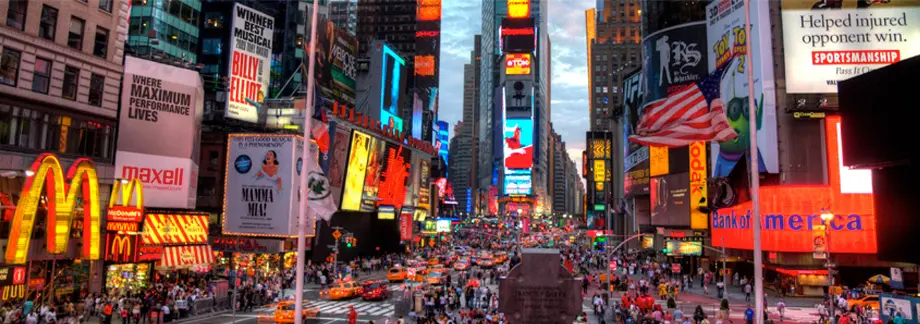
Using a thin font won’t work; it doesn’t stand out, and using a bold font won’t work because it blends in with clutter. Using calligraphy won’t work because it’s too hard to read in the short time you have. So, what do you use?
In this case, the font selection is vastly different from the target demographic of your local fresh food market. When you walk into a new food store, cursive is used. Or, when you walk into a record shop, more aggressive fonts are used.
Each industry tends to have its standard “go-to’s”, and for the most part, they’re fairly accurate. Look at what your competition is doing, what your demographic relates to, and where your marketing is seen.
Typography in marketing allows you to tell a story. To dictate the emotional connection between your marketing and consumer behaviour.
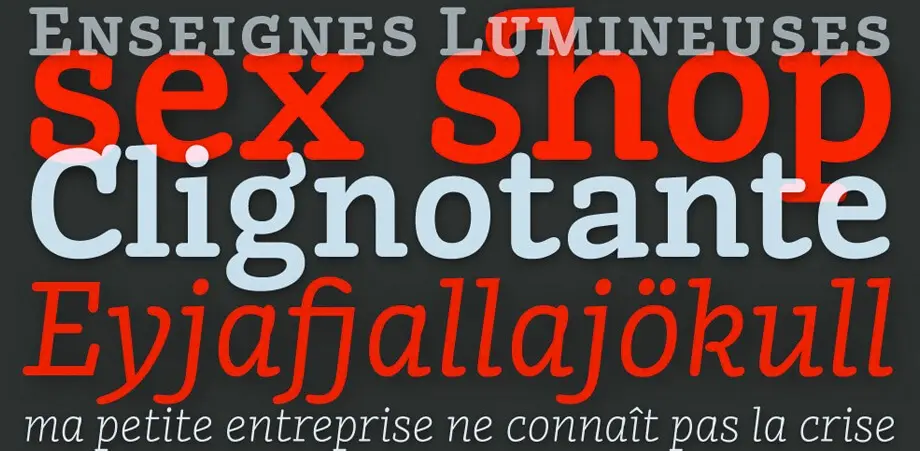
In general, review and audit your various marketing tactics. Web fonts don’t typically look great on print media. Look at what others in your industry use and consider combining what already works.
Smells, Scents, and Fragrances
Suppose you have ever been into a display home in a new estate and smelt lavender and beautiful fragrances. Or hop into a new car and say, “MMM, that new car smell”, and then you have been exposed to this form of marketing before.
If you were as fortunate as I am to be born and still hold all five ordinary senses, then you have smell, hear, see, touch and taste like me. We have touched on using colours and typography, but what about the smell?
Every day, you smell hundreds, if not thousands, of scents from your local bakery, toilets, candles, and flowers, right down to that sweet wet road smell. Our nose is a powerful weakness.
Real estate agents commonly use baked goods to sell homes by baking muffins or cookies to make the house smell more like a home more welcoming.

To utilise this for your business, consider using ventilation to waft kitchen scents into a restaurant or out the roof of the building.
Use candles to make your office smell clean and fresh, or subtle fragrances to control behaviour.
Doctors, Dentists, and even schools use this to help settle behaviour, think clearly and influence emotion.
This has a physiological effect that is hard to ignore. I cannot count the times I’ve bought a pie or a muffin simply because it smelt good.
Putting subliminal marketing strategies to use is something you can do in your business without too much effort. Big companies have used researchers for years; bootstrapping off their success is a sales strategy that can skyrocket your business.
Wait! I’m not done!
I haven’t even told you how your eyeballs are being sold to advertisers like us. We build targeted landing pages with high accuracy using subliminal marketing tactics.
Audience Targeting
If you’re not in the marketing game, you may not be aware of the depth or the level of accuracy of market segmentation using custom audiences. We have the tools to target a particular niche, demographic or interest intent.
Businesses like Facebook and Google, which account for a massive 60% of marketing, have an unbelievable knowledge of you.
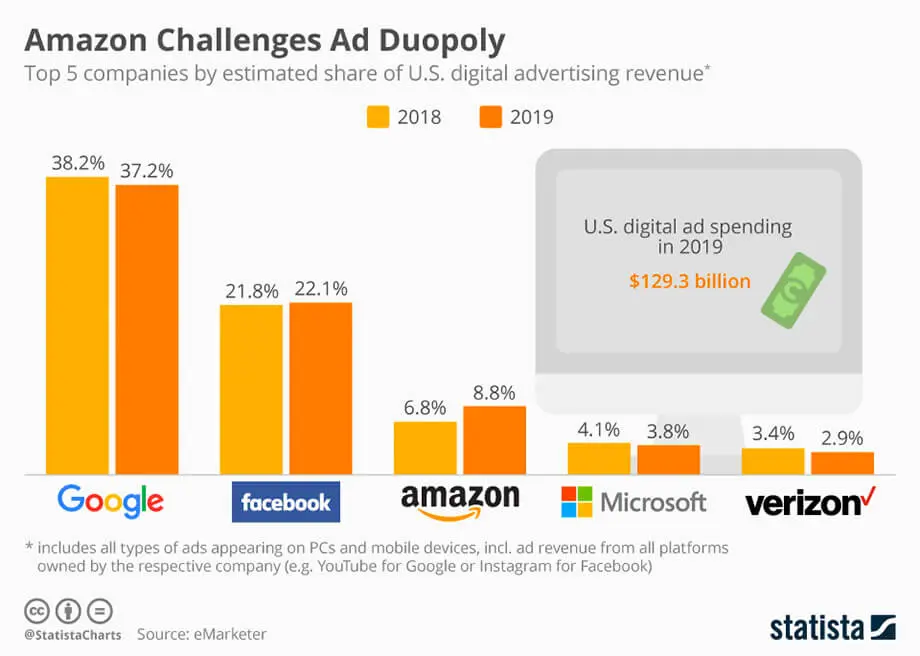
They know your search habits and what you may or may not be interested in.
What you’re interested in and, more than likely, your average order sizes, where you have shopped, and how much you spend.
They know personal details like age, physical location, and whether you’re a parent.
To add salt to the wound, they use machine learning and algorithmic tools to match your habits with others.
“Online Marketing Expert Christian Carere owner of Digital Ducats Inc says Companies need to diversify their sources of traffic and be smarter marketers to Excel in the current state of search.”
By doing this, they know that you’re not if your habits match someone else’s, but someone else is buying something. The likelihood that you also like that product or service is high.
Using this, you can now be served ads for products or services you’re interested in before you knew you were interested.
Designing specific audiences can help us push ads directly into your inbox, all over the web, your news feed and your favourite YouTube videos.
By utilising retargeting ads, I can now include information in my copy or visual advertising to make you think I know exactly what you’re interested in.

Understanding people’s thinking allows us to craft marketing campaigns that resonate deeply, potentially sending our ROI through the roof. Unlike traditional media, picking and choosing where marketing dollars go can maximise returns.
I use my knowledge of colours, behavioural habits, and your interests to tailor relatable and subliminal ads.
Other forms of Subliminal marketing
There are countless examples out there; of course, I can’t cover them all. However, I’ve put together a list of some favourites.
Social Signals
Social signals, also known as the social proof theory, are a method for a business to demonstrate its trustworthiness, reputation, and reliability. Social proof can encourage potential customers to think positively about a brand and help the purchasing process.
It is important to show 5-star reviews or the number of customers. This can allow a customer to picture your business size and trustworthiness.
Showing your annual turnover or how many people are in your team is a great way to build reliability.
Social media pages are a form of social proof showing a brand or business is active and what its social following is saying about it. Social media can also increase customer experience and satisfaction. This can cause their cognitive biases to change their opinion and have a lasting impact based on what they have seen.
Don’t use negative words.
Computing giant Apple is a brand that does this well and is in its sales training.
Using words like “no”, “cannot”, “broken”, and “sorry”. Leave negative connotations and give an uncertain feel. You can turn customers away with negative wording.
Instead, find solutions and rebuttals to commonly asked questions or doubts, using positive alternatives such as “absolutely” and “we can do that.”
Even when asked questions such as “Can this do that?” if the answer is no, a better alternative is “It’s not something we have now, but here is what you can do instead.” This leaves the customer feeling that it cannot do something, but feels like it can.
Stand in the way.
You can influence sales by standing in the doorway or blocking a customer’s direct linetor the door.
This might sound like entrapment, but the customer doesn’t realise they’re “being blocked” due to their unknowing nature.
I learned this strategy while visiting Bangkok, Thailand. I looked at the clothes longer, talking myself into a sale instead of feeling like a pushy sales rep.
Try before you buy
They are commonly used in car yards, bakeries, and consumable sales.
This strategy works in nearly every industry. I employ psychological marketing tactics, such as physically handing customers the item or letting them experience it themselves.
Once an item is in their hand, behind the wheel, or being used, it’s hard for them to put it down or leave.
It allows them to sell themselves.
Likewise, food outlets let you try something, knowing you’ll love it and likely buy more. Sampling has worked in the food industry for decades.
This works for luxury home sales, whereas an agent should never park in the driveway. Allow the potential buyer to park there or envision their car in the driveway of their new home.
Buy one, get one free.
One way to entice customers into a sale and one of the oldest tricks in the books. As a consumer, you’re getting double for nothing.
More often than not, you’re paying the total price or close to it for both. A $10 item is marketed as $18–$20 with a buy one, get one free offer, so you feel like you’re getting a great deal.
Some countries have laws around this kind of strategy. As a general rule, don’t mislead customers but influence their decisions.
Let the customer win.
Commonly, no matter the industry, your customers want to feel they’re getting their way: the lowest price, the best deal or just the thrill of having the final say.
Letting the customer ask for a discount or leaving yourself enough margin to attract prospective clients can help your conversion rate.
They are allowing customers that small win; the bragging rights in the car on the way home go a long way.
Conclusion on Marketing Psychology
Hopefully, you will take something from this article. Suppose it’s not for your brand or business. Let it be the knowledge of how marketing can alter your purchasing decisions moving forward.
Use marketing psychology in your business, but remember your country’s laws and regulations around this strategy.
Adopt the practice of using psychology in marketing to be helpful, offer value, and ethically guide customers without misleading them. You want that customer to return, and you don’t want them to leave feeling pressured.

